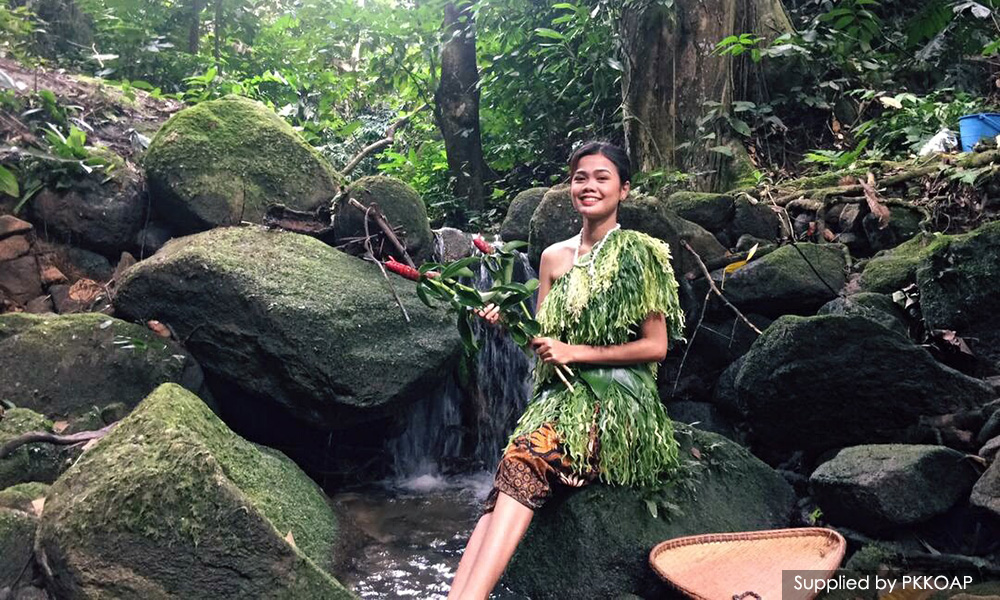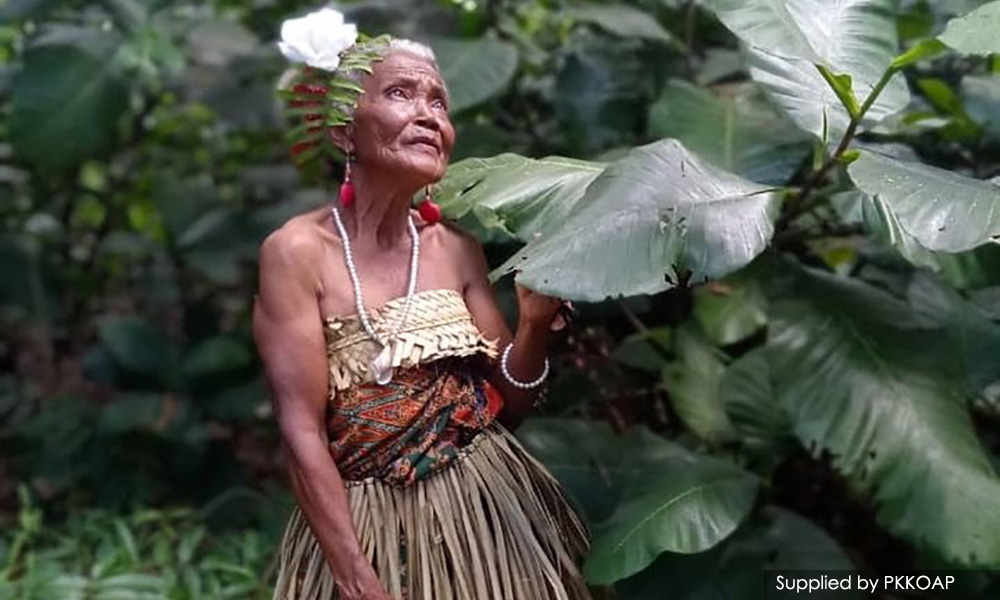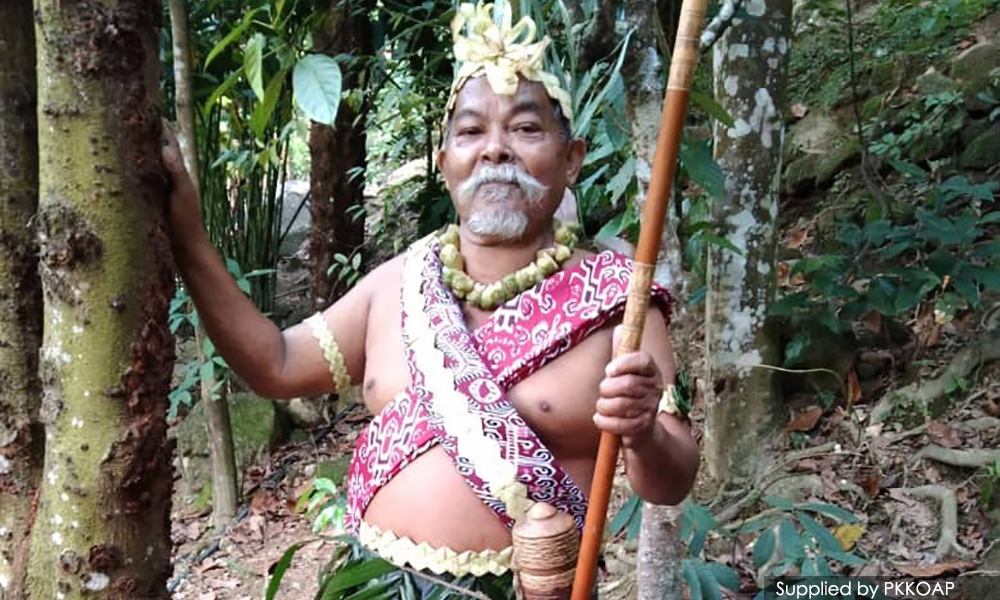The opportunity to pose in their traditional attire for a recent competition has fostered cultural pride among the Orang Asli community, especially its youth.
Conducted online for the second time from Jan 17 to Feb 4 by the Orang Asal Perak Arts Cultural Association (PKKOAP), the competition was originally conceived to share the culture with the outside community.
But organisers were pleasantly surprised to find the competition had spurred interest among Orang Asli youth who were reintroduced to many elements of their heritage and found the confidence to practise their traditions, PKKOAP chairperson Ronnie Bahari said.
One such young participant is Edwin Mathew Chew Beng (above), 19, who was among more than 2,000 contestants this year.
"I am proud to show the Orang Asli culture to outsiders. I want to show other races the uniqueness of the culture and traditional attire of Orang Asli. I want all of Malaysia to see," said Edwin, who hails from Bidor, Perak.
Edwin, who was encouraged to participate in the competition by his mother, submitted a photograph of himself in traditional Semai clothing carrying a bamboo blowpipe.

For Universiti Pendidikan Sultan Idris (Upsi) student Jestafin Bah Genting, 24, this competition also provided space for the Orang Asli community to show their creative talents.
The Semai woman from Tapah, Perak, entered the competition wearing clothes she made with her mother, which incorporated the contest's theme of "batik and flora".
"We did not only produce one design. We were able to create various designs drawn from the natural environment," she said.
The use of fresh foliage lends to the beauty of the attire, added Jestafin.

According to Ronnie, the use of fragrant flowers in the hair and leaves in traditional female attire is customary in the Orang Asli community.
Other customary elements of Orang Asli clothing included weaved mengkuang and coconut leaves, he said.
He added that the participants' use of traditional musical instruments and other tools rarely found in modern homes - like the rebak, kentong, tampi and beliung - to complement their style, has generated interest in such items which are part of Orang Asli heritage and culture.
Rarely seen tribes participate
Ronnie said compared to the first competition in 2018, the participants this time came from various Orang Asli tribes.
He said representatives of 14 of the 18 Orang Asli tribes in Malaysia submitted photographs of themselves in their traditional attire.

"There (were submissions from) tribes that we have heard of, but are rarely seen such as the Bateq, Lanoh, Temok and Mendriq tribes, making it an even richer collection of submissions."
Ronnie added that the photos of the participants shared on PKKOAP's Facebook received positive reactions from the outside community.
"(They said), 'There are many Orang Asli tribes. Wow, the Orang Asli are beautiful and attractive. Oh, we can get to know all kinds of Orang Asli people'," he shared.
As a result of the success of this year's competition, he hopes this will be something that people will look forward to and include in the country's tourism calendar.
Ronnie also suggested that the competition be a live event in the next five years, similar to the Unduk Ngadau beauty pageant by the Kadazandusun community in Sabah. - Mkini




No comments:
Post a Comment
Note: Only a member of this blog may post a comment.